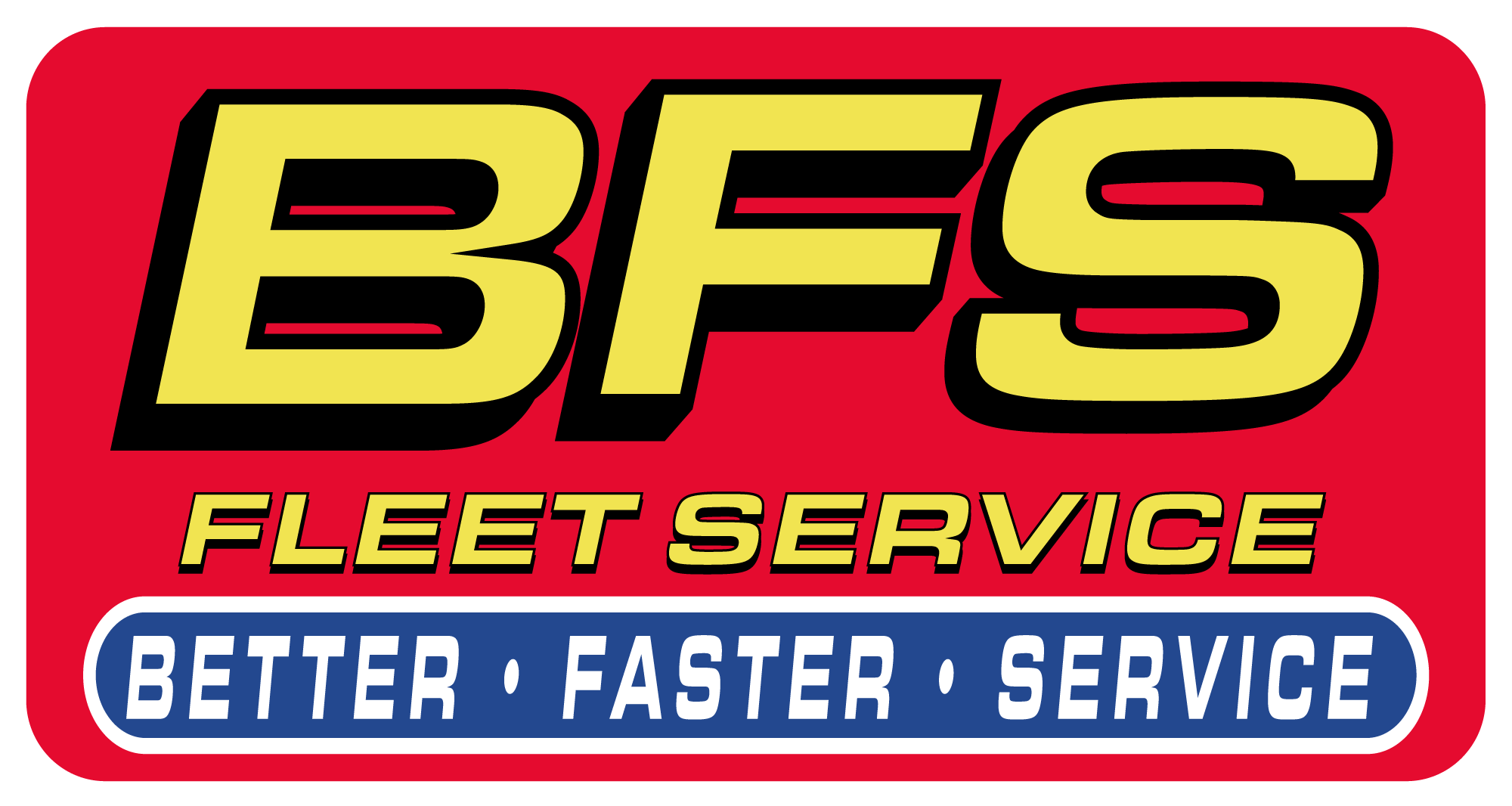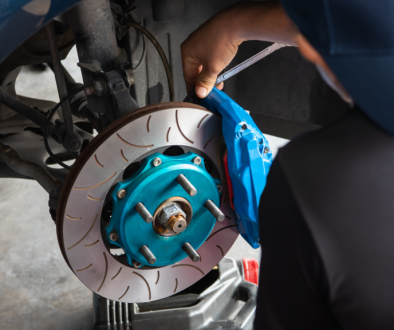The steering system of a truck is one of the most crucial components for safe driving and maneuverability. For fleet owners, maintaining the steering system is essential to keep vehicles running smoothly and prevent costly repairs. A faulty steering system can lead to significant safety hazards, from hard steering to complete loss of control, which could result in accidents or extensive downtime for repairs.
This guide covers the most common truck steering system problems, how to diagnose them, and effective ways to fix or prevent them. Whether you’re dealing with power steering issues, rack and pinion problems, or worn-out tie rods, you’ll gain actionable insights that can help keep your fleet in top condition. Let’s dive into these crucial details.
Common Truck Steering System Problems
1. Power Steering Failure
What is Power Steering?
Power steering is designed to make it easier to turn the vehicle’s wheels. Most modern trucks use hydraulic or electric power steering systems that require minimal physical effort from the driver. However, when the power steering fails, it can make the truck harder to steer, especially at low speeds or when parking.
Causes of Power Steering Failure:
- Low Power Steering Fluid: The most common cause of power steering failure is a lack of fluid. Over time, fluid levels may drop due to leaks or general wear and tear.
- Worn-out Power Steering Pump: If the pump becomes damaged or worn, it can’t create the necessary pressure to assist with steering.
- Damaged Belts or Hoses: If the belts or hoses that deliver fluid to the pump crack or break, steering assistance will be compromised.
Signs of Power Steering Failure:
- Difficulty turning the steering wheel, especially at low speeds.
- Whining or squealing noises when turning.
- Steering wheel shaking or pulling to one side.
How to Fix Power Steering Problems:
- Check Fluid Levels: Ensure the power steering fluid is at the correct level. If low, refill the system with the recommended type of fluid.
- Inspect for Leaks: Check for any visible leaks in the hoses, pump, or connections. Replacing damaged hoses or seals can solve the issue.
- Replace the Power Steering Pump: If the pump is the issue, it may need to be replaced.
2. Rack and Pinion Problems
What is Rack and Pinion Steering?
The rack and pinion system is a type of steering mechanism commonly found in trucks. The rack is a long, horizontal rod, and the pinion is a small gear that meshes with the rack to translate the driver’s input into movement of the wheels.
Causes of Rack and Pinion Wear:
- Aging Components: Over time, the gears and seals inside the rack and pinion system wear out due to regular use.
- Lack of Lubrication: Insufficient lubrication can lead to increased friction, causing the parts to wear down faster.
- Impact Damage: Driving over rough terrain or hitting potholes can damage the rack and pinion system.
Signs of Rack and Pinion Issues:
- Steering wheel vibration or looseness.
- Uneven tire wear, particularly on the inner or outer edges.
- Steering wheel feels “heavy” or unresponsive.
- Fluid leaks under the vehicle (if the system is hydraulic).
3. Tie Rod Problems
What are Tie Rods?
Tie rods are critical components that connect the steering mechanism to the wheels. They are responsible for ensuring the wheels turn in the right direction based on the driver’s input.
Causes of Tie Rod Wear:
- Worn-out Bushings or Ball Joints: Over time, the rubber bushings and ball joints connected to the tie rods can wear out due to constant movement and road conditions.
- Poor Alignment: Misaligned wheels can place extra stress on the tie rods, causing them to wear faster.
- Rough Road Conditions: Driving on bumpy roads, over potholes, or through extreme weather can cause tie rods to wear out quicker.
Diagnosing Steering System Problems: A Step-by-Step Approach
- Visual Inspection: Check for fluid leaks, worn-out belts, hoses, and visibly damaged components.
- Test Steering Performance: Evaluate the steering by turning the wheel at various speeds. Notice any unusual resistance, noise, or vibrations.
- Check Fluid Levels: Low or dirty fluid is often a sign of a larger issue within the steering system.
- Inspect Alignment: Misalignment can cause uneven wear on steering components and should be checked regularly.
Case Study: A Fleet Manager’s Experience with Steering Failures
One fleet manager at a logistics company faced recurring issues with power steering failure across several trucks. Upon investigating, the team found that multiple trucks were low on fluid, and others had damaged hoses causing leaks. The fleet manager implemented a monthly check for fluid levels and a regular inspection of the hoses and pumps. As a result, steering problems dropped by 80% over the next year.
Frequently Asked Questions (FAQs)
- How often should I check my truck’s steering fluid?
It’s advisable to check the steering fluid level every 6,000 to 10,000 miles or during routine oil changes. - Can I drive my truck if the power steering fails?
While you can still drive with a failed power steering system, it will be much harder to turn the steering wheel, especially at low speeds. It’s best to address the issue as soon as possible. - What causes the steering wheel to shake when driving?
A shaking steering wheel can be caused by issues such as worn-out tie rods, misalignment, or unbalanced wheels. - How do I know if my rack and pinion needs replacing?
If you experience a heavy steering wheel, strange noises, or fluid leaks near the rack, it might need replacing.




